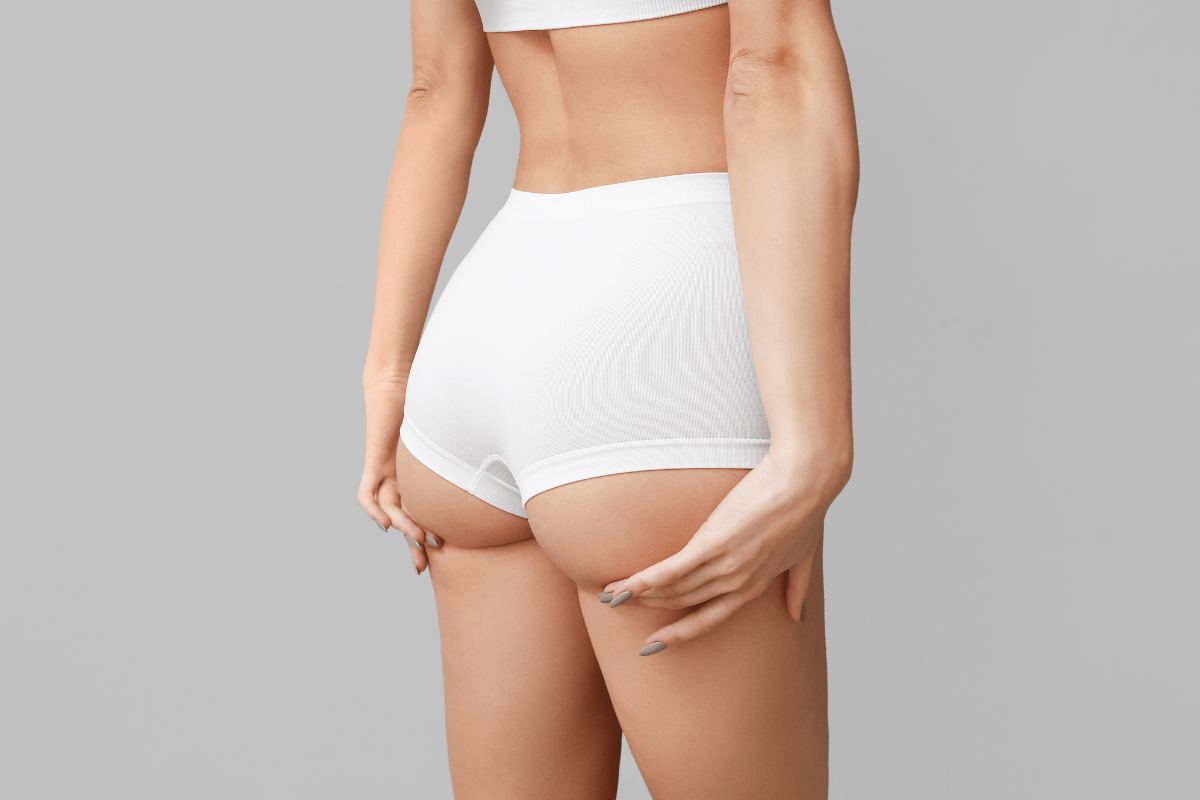
Join now for exclusive pricing & express shipping
What makes Botox more popular? In the quest for timeless beauty and youthful appearance, modern science has unearthed a remarkable breakthrough: Botox. Widely known for its ability to wipe out wrinkles and fine lines, Botox has become a symbol of rejuvenation in aesthetics. But there’s more to it than enhancing skin surfaces, as this extraordinary substance has also found its way into medical treatments. Beyond its cosmetic applications, Botox can ease various health conditions.
Here are a few celebrities who have associated with Botox or similar treatments:
From Hollywood celebrities to medical professionals, the fascination with Botox‘s transformative effects knows no bounds. Let us explore why Botox is more popular than other Botulinum toxins.
Botox, short for Botulinum toxin, refers to a naturally occurring protein made by the bacterium Clostridium botulinum. It is a potent neurotoxin and a brand-name medication that can cause paralysis by blocking nerve signals at the junction where nerves meet muscles.
When injected into specific muscles, Botox temporarily prevents contraction. It leads to muscle relaxation and a reduction in wrinkles or other symptoms.
In terms of cosmetic applications, Botox treats wrinkles and fine lines. Meanwhile, it relieves migraines, muscle spasms, and severe underarm sweating in medical treatments. There are other brands of botulinum toxins, including Dysport and Xeomin. However, Botox is what you hear most often because it is the first injectable botulinum toxin ever manufactured and has gained immense brand recognition over time.
Wondering why Botox is more popular than other brands? Here are several factors attributed to its remarkable recognition today:
Early market entry and brand recognition:
The brand name Botox is one of the first products approved for cosmetic use. It gave the product a good start in brand recognition, where medical professionals and consumers trusted it wholeheartedly.
The manufacturer of Botox, Allergan Inc., has invested incredibly in marketing and advertising campaigns to promote its use for cosmetic purposes. It has helped to create a strong association between the Botox brand and cosmetic treatments.
Safety and effectiveness:
Experts have extensively researched and tested Botox for various medical and cosmetic applications. Its safety and effectiveness have been well-documented in clinical trials and real-world usage, contributing to its widespread acceptance.
In one of its clinical trials 2012, Allergan reported meeting the primary goals of using Botox for an overactive bladder. The trial successfully reduced episodes of urinary incontinence, adding to the remarkable effects of Botox for wrinkle treatment.
In a recent trial in 2018, Allergan evaluated the effect and safety of higher doses of Botox for severe glabellar lines. The units used include 40, 60, and 80 versus the usual 20. At week 24, the trial recorded 32% of patients responding to the treatment observing the 40-unit group. In the subsequent units, Allergan reported 30.6 % in the 60-unit group and 38.5% in the 80-unit group.
The study eventually showed the safety and tolerance of higher doses of Botox. It served as evidence that higher doses of the product can produce a longer duration of treatment for glabellar lines.
Wide range of applications:
What’s unique about Botox is its capacity to treat special medical conditions besides being used for cosmetic purposes. This versatility has increased its overall popularity and market demand. The following are various medical conditions that Botox treats and alleviates:
Physician familiarity:
Many physicians and medical professionals have gained experience and familiarity with using Botox due to its long history in the market. This familiarity can lead to increased confidence in its administration. Additionally, using Botox means participating in non-invasive surgery. It is more comfortable than plastic surgery. Plus, the recovery time is minimal, which benefits people with busy lifestyles. It’s worth noting that other botulinum toxin products are on the market, including Dysport and Xeomin. However, Botox has redefined our approach to cosmetic enhancement and reimagined how we address various medical conditions. Its early entry into the market, safety, effectiveness, and strong brand recognition have contributed significantly to its popularity compared to other botulinum toxin products.